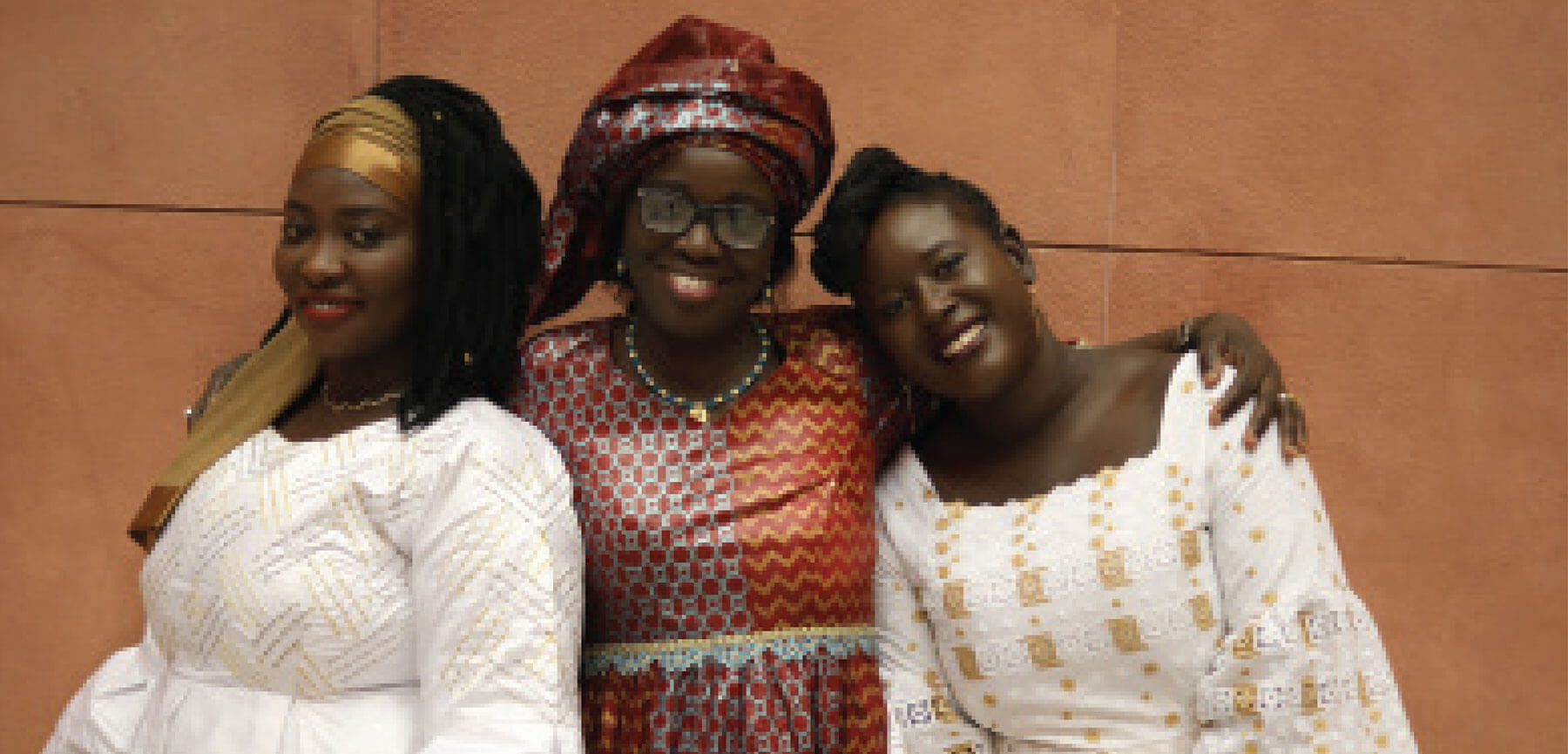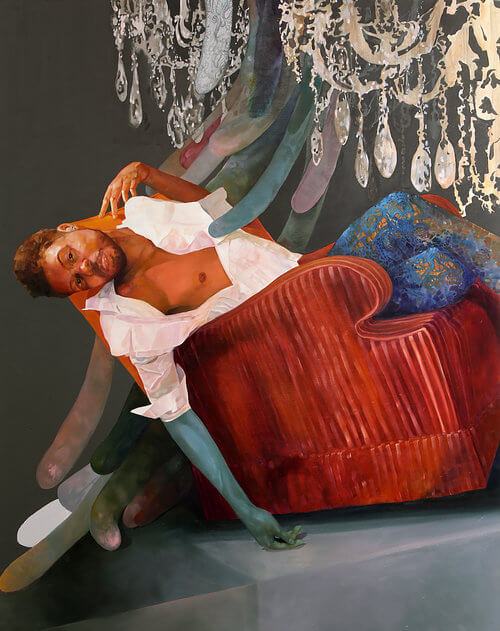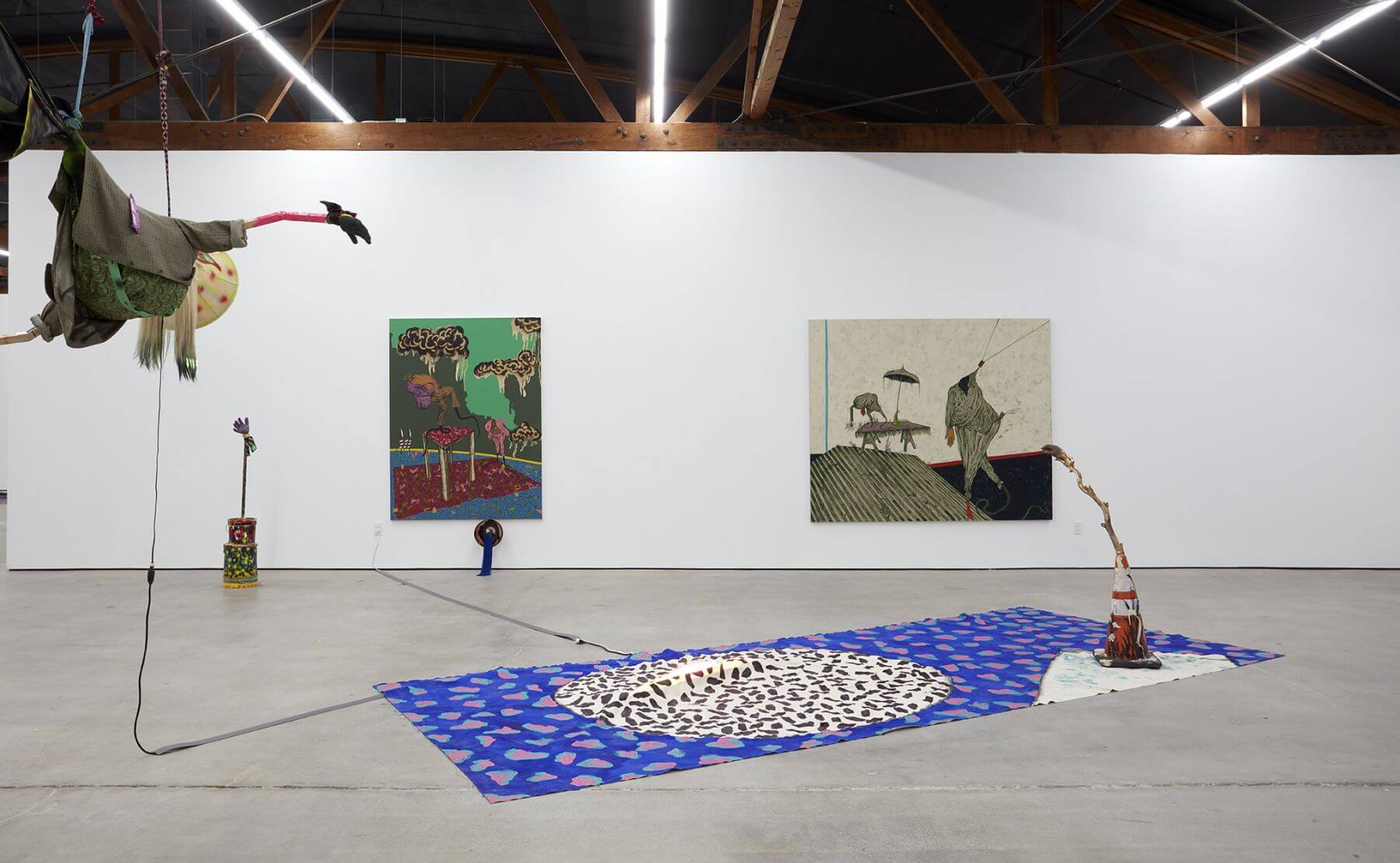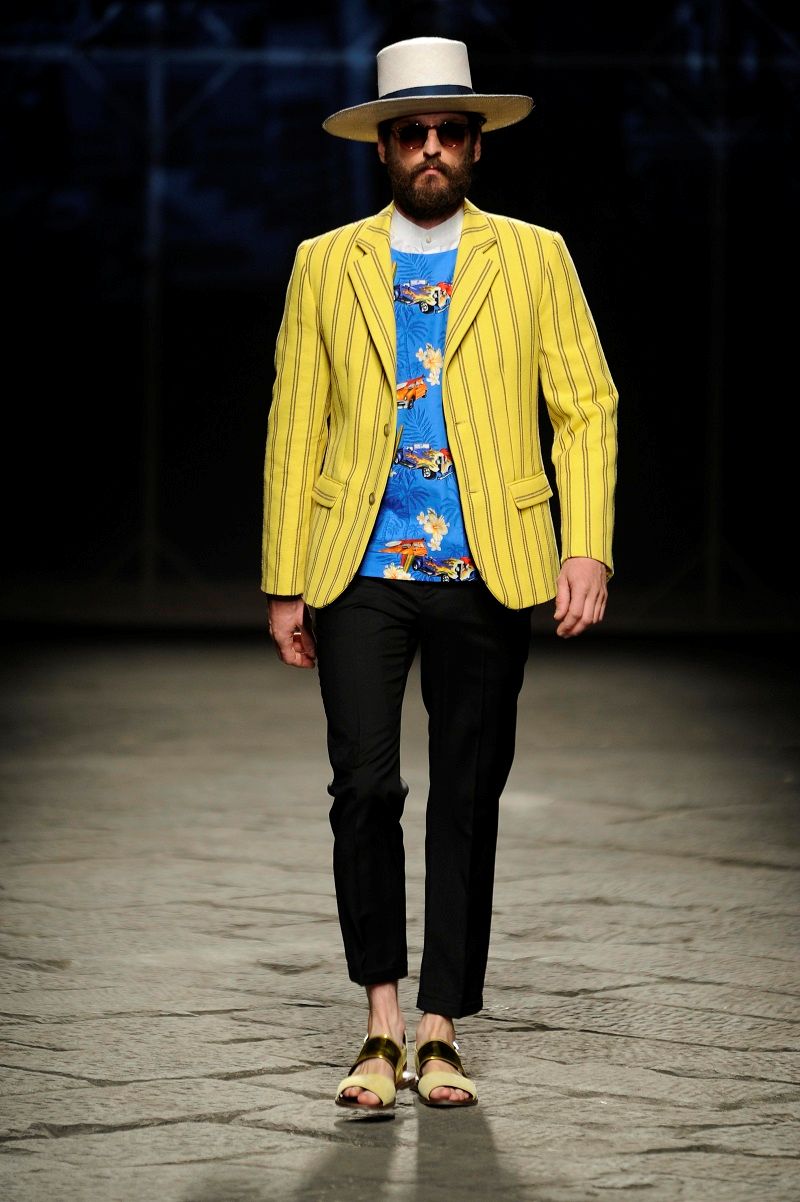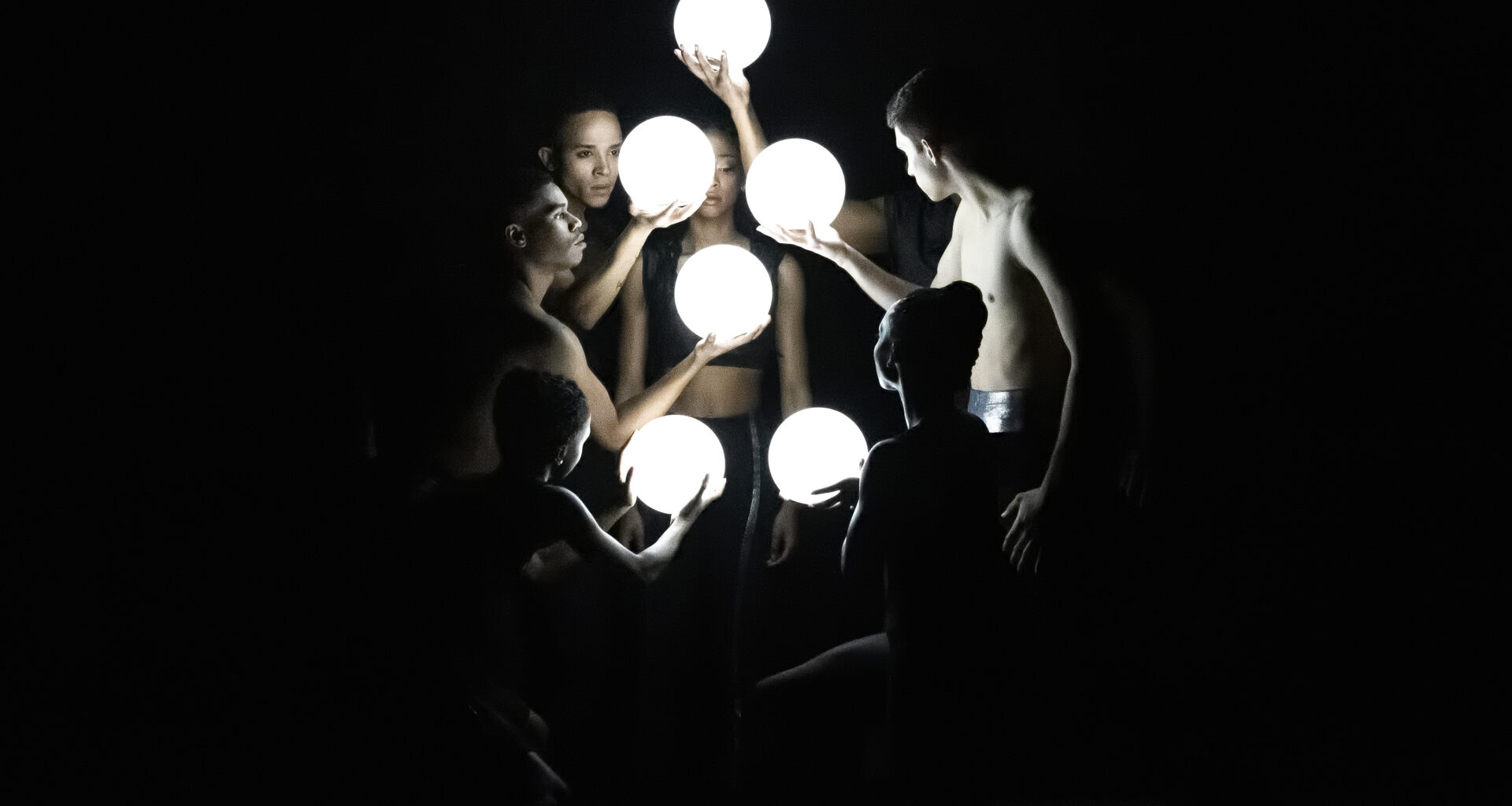When I asked Awa Ndiaye Samb, curator of the soon-to-open Museum of Black Civilization (MBC) Dakar, whether it was usual in Senegal that the curatorial team of such an institution, the first of its kind, was predominantly led by women, her response was brusque. “We do not ask this question here anymore. We already had two women Prime Ministers.”
She is of course, correct. There is nothing strange about women leading such a museum, especially in Dakar. Senegal had a female Prime Minister in 2001, Mame Madior Boye, long before gender equality and feminism became global trending topics. The country’s Parliament passed a gender parity law in 2010 obliging all political parties to put forward an equal representation of men and women for public office. In 2012, after national elections, 42.7% of representatives in the National Assembly were women.
According to El Hadj Malick Ndiaye, an Art Historian at the Cheikh Anta Diop University, the MBC was originally proposed in 1962 by Lamine Senghor, a Black activist intellectual. Four Presidents have come and gone since then, resulting in several false starts for the museum. In 2011, a cornerstone was laid for the museum by then-President Abdoulaye Wade with an announcement that it would be complete in 28 months. It was never completed. An announcement was made again in 2016 with no results. None of the scholars associated with the museum can answer why. The museum is now slated to open on December 6th, 2018.
The MBC is part of a “Seven Wonders of Dakar” project which also includes a new National Theater, National Library, the School of Fine Arts, the School of Architecture, a Music Palace and a 49-meter tall statue entitled the African Renaissance Monument.
Erin Pettigrew, an Assistant Professor of History and Arab Crossroads Studies, New York University Abu Dhabi, noted about Senegal in an opinion piece in 2011 that, “Most of Dakar’s neighborhoods experience daily power outages and terrible traffic due to poorly maintained and inadequate roads. However, Wade has somehow scraped together enough money to build bronze statues and a second national theater.”
The MBC is largely funded by China, Senegal’s second largest trading partner. I asked everyone why it was the case that one of the most important cultural endeavors on the continent was being built by a foreign power? Ndiaye said this is an “effective collaboration with Senegalese architects. This can be the result of successful cooperation.
But the Chinese also make it possible to diversify partners and experiment with new types of collaboration. I don’t think they have an impact on scientific content.” Ndiaye continued, “I think Africa is old enough to define its relations with other nations. As we continue to develop our continent, it would be foolish to lock ourselves into an unprofitable partnership just because of the bonds of the past.”
The museum is an ambitious project that aims to trace, document and display history and contributions from the African Diaspora since time immemorial. A museum statement noted that the entity would feature “broad spectrum exhibitions representing the diversity of (Black) civilizations, cultures, and arts throughout the ages.” The MBC also hopes to foster the preservation of history for those living on the continent and others who have ventured further abroad. Countless African Diasporic histories have been lost over the years due to the lack of an institution on the continent equipped to archive those histories.
“We are giving people back their history, and we want them to be proud of it,” Curatorial Assistant, Fatima Bintou Rassoul, shared. “There is an absence of pride amongst Africans, more increasingly within younger populations, about said history and culture, because people don’t know how rich those narratives are.”
Contemporary ‘history’ would have us believe Africans were barbarians who learned everything from Western colonizers and missionaries. Any thorough investigation of history will reveal that as early as the 14th Century, the Benin Kingdom, a prosperous nation now absorbed into modern day Nigeria, had been trading with the rest of the world, engaging in diplomatic relations, and sending emissaries to Portugal with bronzes long before colonization. Many of those precious artifacts were eventually looted by the British.
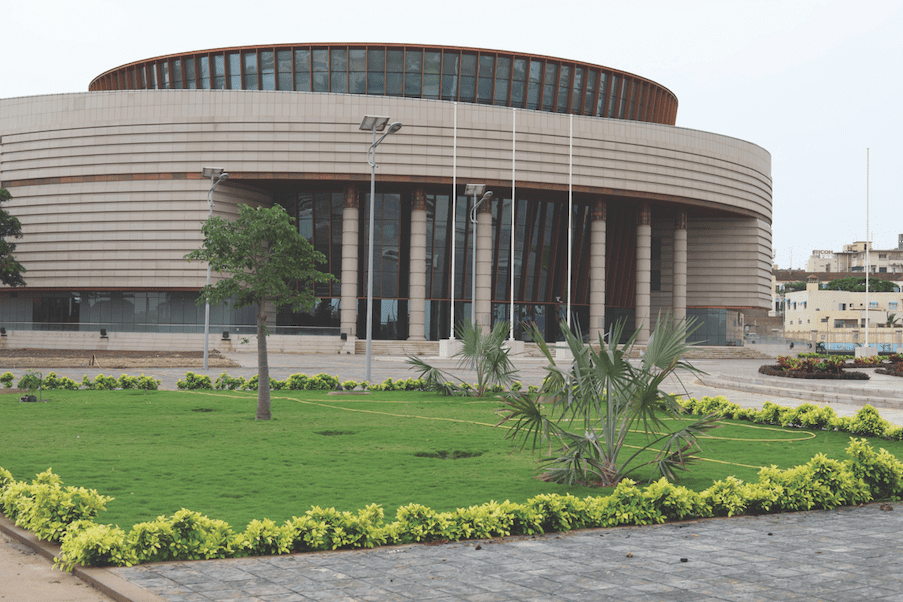
Above: The Museum of Black Civilization.
To further complicate matters of historical art archival, there are cultural, economic, social divides between English, French, and Portuguese speaking African countries. Many regions have close geographic proximity but do not share much more across borders. Much of this is the result of divisive seeds sowed by colonization that created differences and erased similarities among varied ethnic groups. Language has been used to further divide these groups. Today, Ambazonia, the English speaking region of Cameroon, formerly colonized by Great Britain is in a lopsided war with the better armed French-speaking Cameroon, who still shares close ties with its former colonial master, France.
There is also a divide between North Africa and the rest of “sub-Saharan Africa,” as well as Africans living on the continent and Africans in the greater diaspora, whose ancestors were transported across the Atlantic through the Transatlantic slave trade. Those divides result from the erasure of history.
The MBC aims to craft a cohesive and complete narrative about the history of the African diaspora by working with institutions and artifact collections from Cuba, Brazil, Haiti, Trinidad & Tobago, U.S.A, Egypt, South Sudan, Chad, South Africa, and Zimbabwe, and other African countries. Magette Sene Thiaw, the museum’s researcher-historian shared that the MBC will include collections from as early as the 16th Century.
The MBC will illuminate cross-cultural exchanges among global Black populations throughout history to bridge the presumed gaps between them, and foster a unity that today is fraught. The museum stated that it wants to create “a renewed vision of historical, cultural continuities which have proven to be powerful erasers of political borders inherited from colonization.”
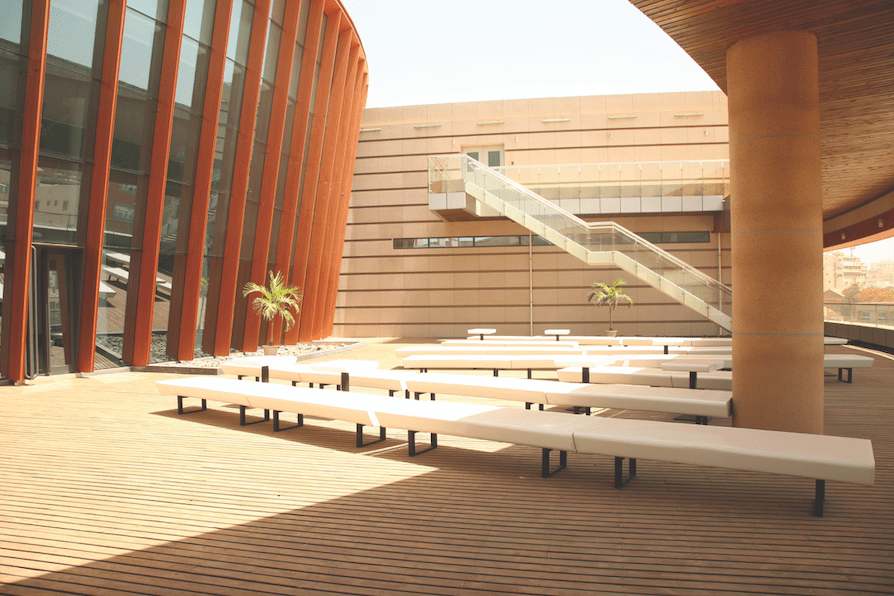
Above: The terrace of the Museum of Black Civilization.
“[The MBC] must be seen as a place for dialogue between cultures, and an agreement between different peoples, as well as a space for the promotion of cultural diversity,” noted Art Historian, Malick Ndiaye. “It is a platform for exchanges between cultures from all over the world,” Ndiaye continued, “with the focus on the historical and contemporary experience and conditions of Blacks around the world.”
If the museum’s curatorial team, headed by Director and Professor Hamady Bocoum, are at all daunted by the sheer ambition of the work they have been tasked with, they do not let on.
Rassoul, the Curatorial Assistant, tells me that for the last 12 years, she has worked as a Curatorial Guide in museums and galleries in Paris including the Foundation Louis Vuitton, as well as art fairs and community engagements in Europe. Foundation Louis Vuitton recently premiered an exhibition that focused on art exclusively from the African continent but previously focused on European artists. Rassoul also visited the Dakar Biennale, the biggest and most critically acclaimed exhibition of contemporary African art. It is her charge to keep track of the continent’s fledgling art industry and private initiatives that promote, celebrate and build structures for contemporary African artists and their artworks.
The trend of documenting African artists is evolving. In 2013, 1-54, an art fair showing and creating an international market for art from across the African continent, opened in London. In 2017, it added an African destination to its roster in Marrakech, Morocco. In 2017, the Museum of Contemporary Art Al Maaden also launched in Marrakech. In 2016, Art X Lagos launched in Nigeria, which is now a prominent fair in West Africa. In the same year, the Zeitz Museum of Contemporary Art also opened its doors in Cape Town, South Africa.
Mali and Ethiopia host Bamako Encounters and the Addis Photo Fair to promote contemporary photography and video from across Africa. In Lubumbashi, Congo, Lusaka, Zambia, Dar Es Salaam, and Tanzania, independent artistic initiatives are also mushrooming, against all the odds.
“There is a time for coming back home,” Rassoul noted.” She recently moved back to Dakar, hopeful of participating in the burgeoning artistic renaissance. “(My job) is to help make the museum more accessible to the public. It is important to engage with the public. If you want people to understand how the world works, they have to learn their own history,” she said.
Thiaw, a historian for the museum, is a member of a network of fifty researchers that include Europeans and Africans from the global North and South, who investigate the social impacts that persist today centuries after the abolition of slavery. For two years, she worked as a project manager at Senegal’s Ministry of Culture and Communication, under its Department of National Heritage, with Professor Bocoum. One of the museum’s proposed exhibitions will connect histories of slavery and colonization that reveal that not all of those who were not traded as slaves, were the “executioners of those who left.” The exhibition also highlights those who fought for the freedom and independence of their colonies. Thiaw is currently studying for a Ph.D. on the history of the illegal slave trade in Senegambia and its damage on modern African societies. She noted that her job is to “create and organize intellectual and ideological frameworks where this knowledge can be produced and exchanged.”
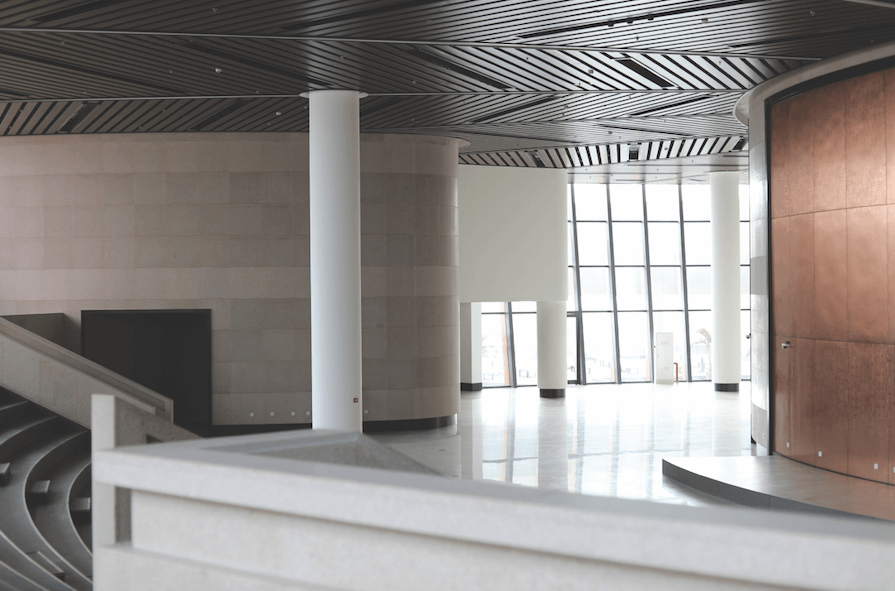
Above: Interior of the Museum of Black Civilization.
Ndiaye who has worked in the Senegalese art industry since 2006 and preparing for her role at the Museum for the past two years acknowledges that founding the museum has not been without challenges. She did not mince words when she shared that, “Some would prefer us to stay on old structures built before independence. Others [believe] we should have other priorities. But Senegal has always been the cultural leader of Africa. The Museum is just another testimony to our vision of the role of culture in the development of our continent.”
The museum plans to open without further delay. With four inaugural exhibitions planned for its launch, the MBC has decided that it will rebel against conformity. Representatives from the MBC noted that their collections would not be categorized ethnographically because “ethnographic museums are avatars to colonial exhibitions where our ancestors were presented as a sub-humanity.”
The works will not be anthropological “because anthropology has, for a long time, helped to divide humanity into races and define “subhumanity,” therefore legitimizing the crimes against humanity and presenting the Slave Trade and Colonization as civilizing missions. We must invent museology inspired by our values and traditions.”
The MBC strives to present a different model that will not mimic colonial trends. Rather, the MBC is committed to creating a new kind of archive that elevates the accomplishments and histories of the African Diaspora.
The Museum of Black Civilization opens December 6, 2018, at 6 PM. Learn more( in French only) here.







